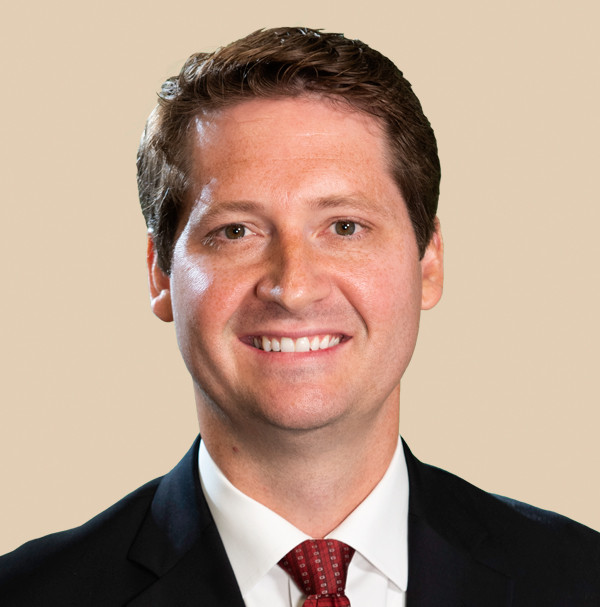Shoulder pain is one of the most common ailments seen in orthopedic practices on a daily basis. Most shoulder pain in patients occurs due to acute injuries or chronic wear-and-tear injuries. One area of the shoulder prone to injury is the labrum, which is a cartilage bumper that surrounds the glenoid (socket). If the labrum sustains injury at the superior (top) aspect of the socket, this is termed a superior labrum tear; more commonly referred to as a Superior Labrum from Anterior to Posterior (SLAP) lesion.
A SLAP lesion typically causes deep, aching shoulder pain and can keep an athlete/laborer from performing at a high level. Since the biceps attaches ‘around the shoulder’ in two different areas – the long head of the biceps to the superior labrum and the short head of the biceps to the coracoid – when the superior labrum is torn, the long head of the biceps pulls on the torn superior labrum and causes pain.
Athletes involved in ‘overhead motion’ sports like tennis, baseball, softball, volleyball, etc., or laborers that work above shoulder height are the patients that we often see for this injury. The injury may happen over time or may be due to a traumatic event such as diving on an outstretched arm.
Orthopedic specialists will perform a focused, physical exam on the shoulder attempting to elicit pain with certain maneuvers. This provides clues regarding what type of issue is present in the shoulder. To diagnose a SLAP lesion, an MRI with special contrast dye is injected into the shoulder under fluoroscopic guidance, known as an MR arthrogram. This test helps determine the source of the injury and allows development of an individual treatment plan.
The first line of treatment is non-operative management, which includes rest from sports and activity, physical therapy and prescribing nonsteroidal anti-inflammatory drugs (NSAIDs) such as ibuprofen, naproxen, etc. If non-operative measures do not improve pain after a significant amount of time, the next step is operative management.
To determine the appropriate operative treatment, it is important to engage in open conversation and discuss multiple factors surrounding the procedure, post-operative plan and physical therapy. Specific factors that are considered when deciding on the appropriate treatment plan are age of the patient, desired activity level and how the labrum and biceps look during surgery.
Postoperatively, patients will progress through physical therapy and depending on the surgery performed and physical demands, a patient can return to normal activity 1 week to 4-6 months after surgery.
